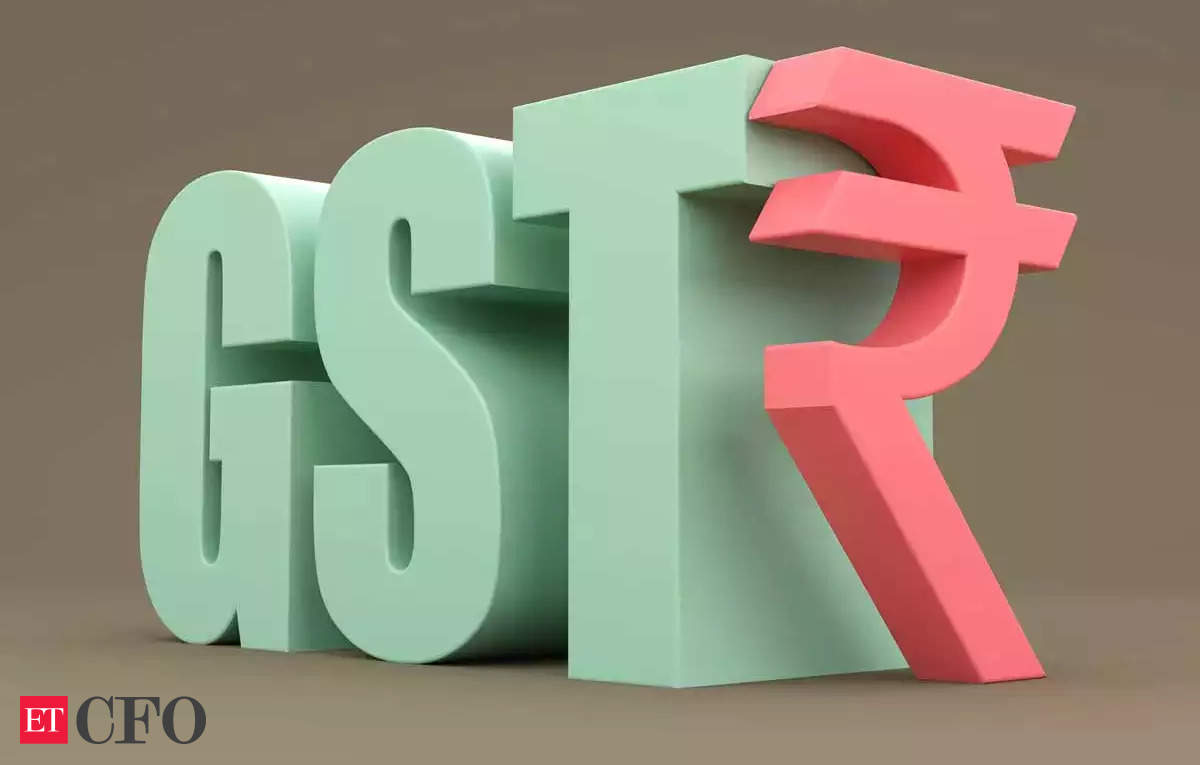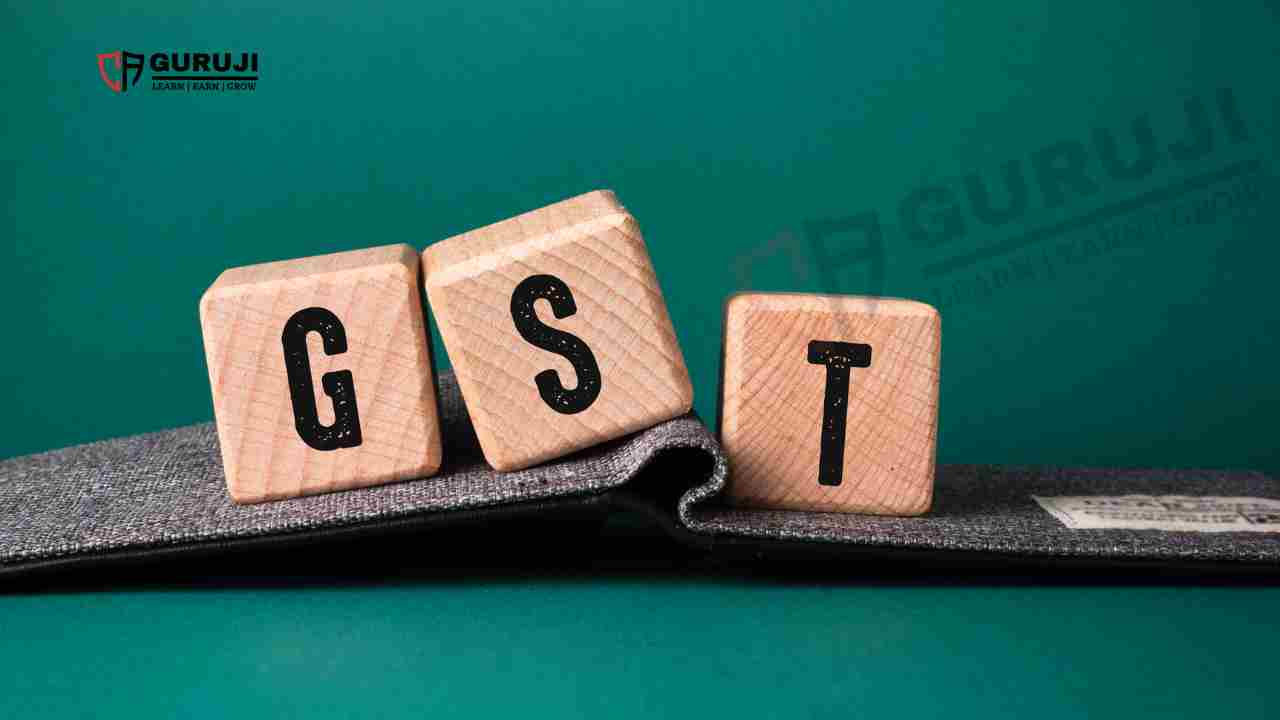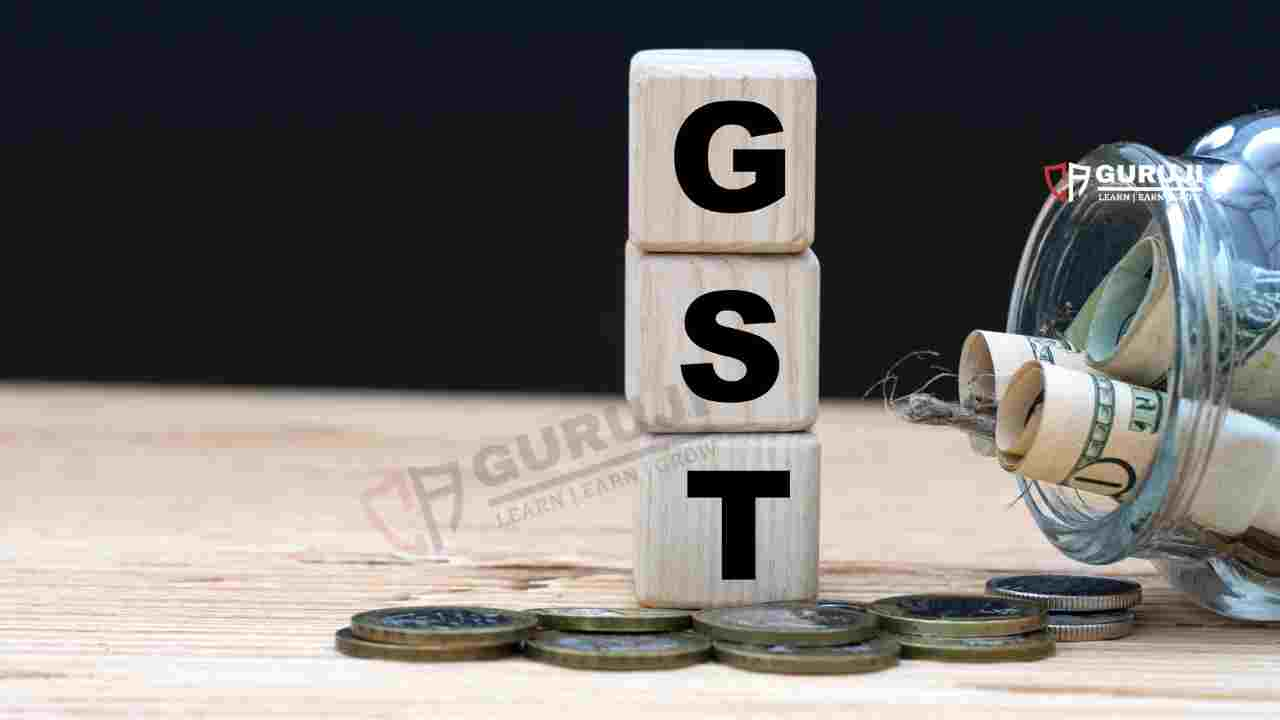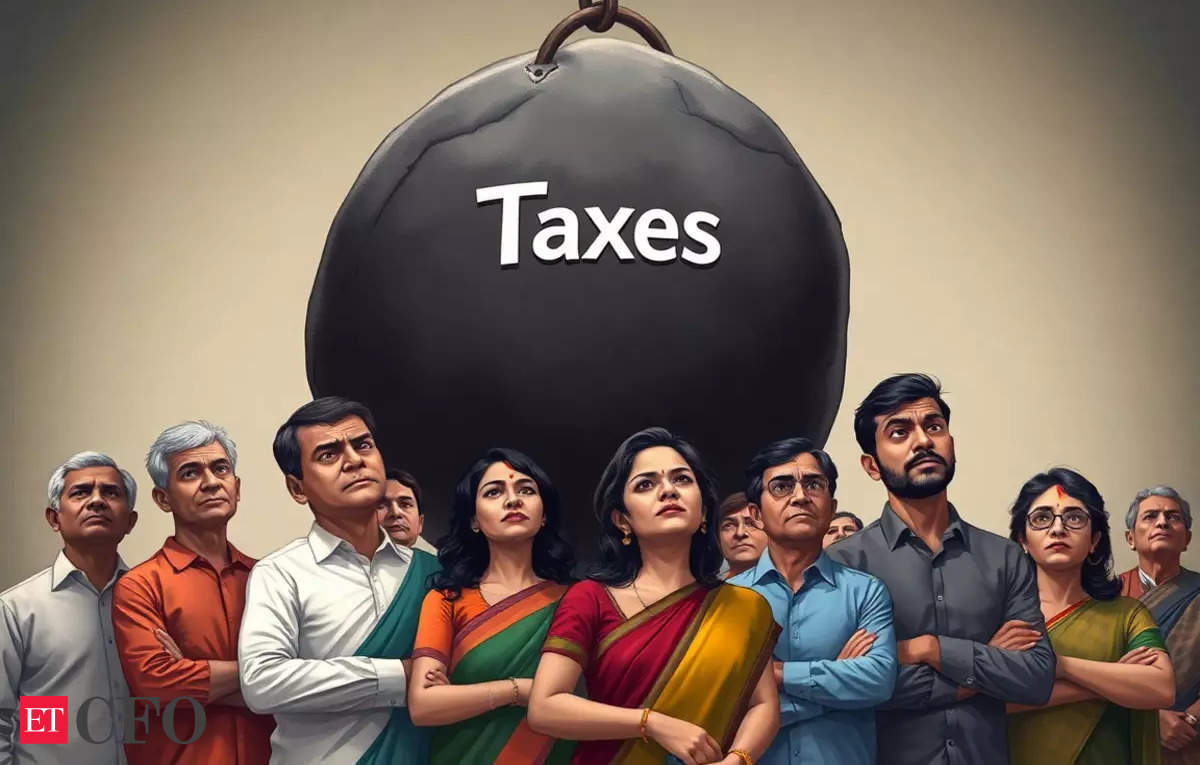The Indian budget, an annual fiscal exercise, is a comprehensive financial document that outlines the government’s revenue and expenditure plans for the upcoming fiscal year. This article aims to provide an in-depth exploration of the Union Budget, its historical evolution, the intricacies of budget preparations, the components it includes, and some lesser-known facts that add a unique flavor to this crucial financial process.
Historical Evolution: The roots of the Indian budget system can be traced back to April 7, 1860, when James Wilson, then-Finance Minister under British rule, presented the first budget. The term ‘budget’ itself finds its origin in the French word ‘bougette,’ referring to a leather bag, historically used to carry financial documents.
Union Budget vs. Interim Budget: The Union Budget is the primary financial statement of the Indian government, presented annually in Parliament by the Finance Minister. It provides estimates of government revenue and expenditure for the upcoming fiscal year, typically unveiled at the end of February. In contrast, an Interim Budget is presented in the last year of the government’s term before general elections, ensuring continuity of essential expenses until the new government takes charge.
The Budget for 2024 will consist of both an Interim Budget and the Union Budget.
Budget Preparations: The budget preparation process is meticulous and involves several stages:
- Budget Formulation: Various ministries and departments submit their expenditure proposals to the Ministry of Finance.
- Review and Consolidation: The Finance Ministry reviews and consolidates these proposals, considering economic trends, development priorities, and fiscal constraints.
- Approval: The final budget is approved by the Cabinet before being presented in Parliament.
Components of the Budget:
- Revenue Budget: Deals with government revenue, including taxes and non-tax sources.
- Capital Budget: Focuses on capital receipts and expenditures for long-term projects.
- Expenditure: Outlines allocations for various sectors like education, health, defense, and infrastructure.
- Receipts: Encompasses sources of government revenue, such as taxes, grants, and borrowings.
Lesser-Known Facts:
- Finance Minister Records: Morarji Desai holds the record for presenting the budget ten times, the most in Indian history. P. Chidambaram is second with eight budget presentations.
- Timing Tradition: In 2001, Yashwant Sinha changed the budget presentation time from 5 pm to 11 am, breaking the tradition initiated in 1924 to provide relief to officials who had worked all night.
- Gandhi Family Milestone: Rajiv Gandhi, Indira Gandhi, and Jawaharlal Nehru, all from the same family, presented budgets, achieving this milestone in 1987-89 after VP Singh’s resignation.
- Speech Records: The longest budget speech, comprising 18,650 words, was delivered by Dr. Manmohan Singh in 1991. The shortest, with 800 words, was given by HM Patel in 1977 during the Interim Budget.
- Railway Budget: Until 2016, India used to have a separate Railway Budget presented before the Union Budget. However, the practice was discontinued, and now the Railway Budget is a part of the Union Budget.
- Halwa Ceremony: Before the printing of the budget documents begins, a traditional “Halwa Ceremony” is held in the Finance Ministry. The significance is to maintain secrecy and confidentiality until the budget is presented.
- Budget Lock-in: The budget documents are kept under lock and key in the Parliament’s basement a day before the budget presentation. Only a select group of officials has access to these documents during this time.
- Red Briefcase: The Finance Minister traditionally carries a red briefcase on the budget day. This briefcase has become an iconic symbol associated with budget presentations in India.
- Budget and the British Legacy: The practice of presenting the budget on the last working day of February is a colonial legacy. The British introduced this tradition to align the budget cycle with the British financial year, which ended in March.
Now budget is presenting on 1st February every year
Budgetary Milestones:
- In 2017, the Rail Budget, presented separately for 92 years, merged with the Union Budget, streamlining the budgetary process.
- Significant taxation concepts like Service Tax (introduced by Manmohan Singh), Modified Value Added Tax (MODVAT, introduced by VP Singh), and Minimum Alternate Tax (MAT, introduced by Rajiv Gandhi) have shaped India’s fiscal landscape.
Some more Unknown facts:
- India has had 26 Finance Ministers since Independence. The term ‘budget’ is derived from ‘bougette,’ a French word referring to a leather bag.
- The budget was introduced in India on April 7, 1860, by the East India Company to the British Crown. Interestingly, it is now owned by Sanjiv Mehta, a Mumbai-born entrepreneur who successfully claimed it in 2005.
- Indira Gandhi made history as the first woman Finance Minister, presenting the budget on February 28, 1970.
- Prior to her, six finance ministers: Manmohan Singh (1991-1996), Yashwant Sinha (1998-2003), Jaswant Singh (2003-2004), P Chidambaram (1996-1998, 2004-2009, 2013-2014), Pranab Mukherjee (2009-2013), and Arun Jaitley (2014-2019) had presented 28 budgets.
- On April 7, 1860, James Wilson, the Finance Minister of India under British rule, presented the first budget.
- The first Union Budget of Independent India was presented by RK Sanmukham Chetty on November 26, 1947. John Mathai presented the first budget of the Republic of India.
- The first budget of independent India covered only seven and a half months, leading to the inception of the ‘Interim Budget,’ designed for a short period.
- Morarji Desai presented the budget on his birthday on February 29, 1964.
- Arun Jaitley presented all the five budgets of the Modi government’s first tenure but missed out on presenting the interim budget in February this year due to ill-health. Stand-in finance minister Piyush Goyal presented the pre-general election interim budget on February 1, 2019.
- Finance Minister Nirmala Sitharaman became only the second women in the history of independent India to present the first Union Budget of the Modi 2.0 government on July 5, 2019.
- Breaking away from the brown Budget briefcase, Sitharaman held a red parcel like bag with a keyhole on the emblem.
Conclusion: The Indian budget is not just a financial plan; it’s a reflection of the nation’s economic vision and priorities. As it continues to evolve, understanding the nuances of its historical evolution, the intricacies of its preparation, and the lesser-known facts enrich our comprehension of India’s fiscal journey.
Visit www.cagurujiclasses.com for practical courses











